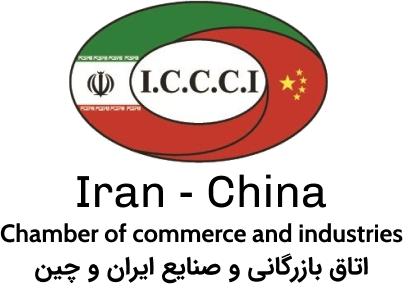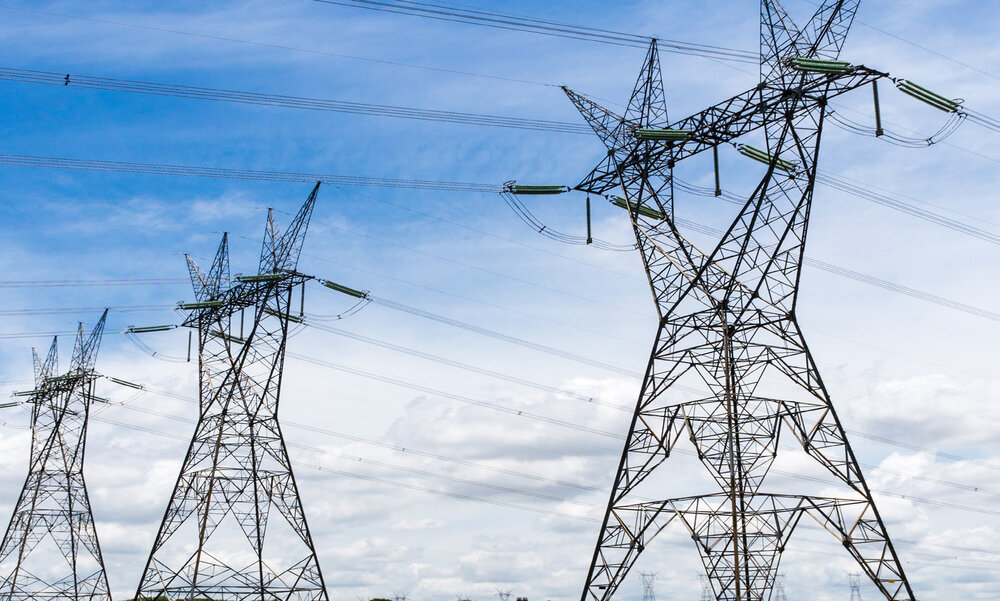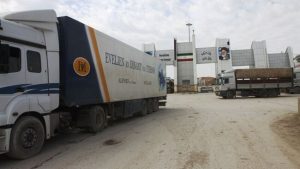Electricity generation in Iran rose 7.4 percent during the first ten months of the current Iranian calendar year (March 21, 2021-January 20, 2022), as compared to the same period of time in the past year, Managing Director of Iran Grid Management Company Mostafa Rajabi Mashhadi announced.
He also announced that 261.921 billion kilowatt-hours (Kwh) of electricity has been consumed in the country since the beginning of the present year, which is 18,083 Kwh more than the figure for the same period of time in the past year.
Rajabi Mashhadi further said that power supply to industry sector has risen five percent in the first ten months of this year from that of the previous year.
In the past decade, constant temperature rising and the significant decrease of rainfalls across Iran have put the country in a hard situation regarding electricity supply during peak consumption periods.
This year, however, new deteriorating factors like severe drought and the decline in the country’s water resources as well as a new wave of illegal cryptocurrency mining across the country have also worsened the situation.
Iran’s Power Generation, Distribution, and Transmission Company (known as Tavanir) has previously announced that the company is implementing over 40 different programs for managing the situation and to prevent blackouts in the country, however, so far these programs do not seem to be working as expected.
Back in October 2021, Industry, Mining and Trade Ministry inked a memorandum of understanding (MOU) with the Energy Ministry for constructing 10,000 megawatts (MW) capacity of power plants across the country.
The MOU was signed by Industry Minister Reza Fatemi Amin and Energy Minister Ali Akbar Mehrabian in Tehran on Monday.
Speaking at the signing ceremony, Mehrabian noted that these power plants will be built to meet the needs of industrial sectors and according to the signed MOU, industries will meet their electricity needs through them and the surplus power will be injected into the national grid.
The minister stated that the country is currently facing 14,000 MW of electricity shortage, adding: “This figure equals 22 percent of the country’s total electricity demand, which we cannot provide in various sectors including domestic, industrial, administration and agricultural areas.”
Pointing out that the construction of these power plants will be operational in the near future, Mehrabian said: “Our industries haven’t been able to fully implement their development plans due to lack of electricity. We hope to see good cooperation between the two ministries and thus create prosperity in near future.”
He said that one of the plans of the Energy Ministry is to increase the capacity of the country’s power plants in proportion to the demand.
“We plan to construct 35,000 MW of power plants in various fields, of which 15,000 MW will be combined cycle and steam power plants established by the Energy Ministry and the private sector, while the other 10,000 MW will be renewable power plants,” the official added.
Stating that several investors have expressed readiness to build renewable power plants, Mehrabian said: “Iran has a high capacity for the construction of renewable power plants and having 300 sunny days during the year, several projects can be implemented in the solar energy sector.”
Back in July, Deputy Industry Minister Saeed Zarandi had said that the mentioned power plants are financed by 12 investors from various industrial sectors and will be constructed within 2.5-3 years.
According to Zarandi, the said power plants will be constructed in Isfahan, Hormozgan, Markazi, Yazd, Kerman, Fars, Semnan, and Khuzestan provinces.
One of the main goals of this program is to provide reliable and sustainable electricity to high-consuming industries and the country’s industrial parks in order to reduce the pressure imposed on the national grid in the industry and mining sector, Zarandi had explained.





